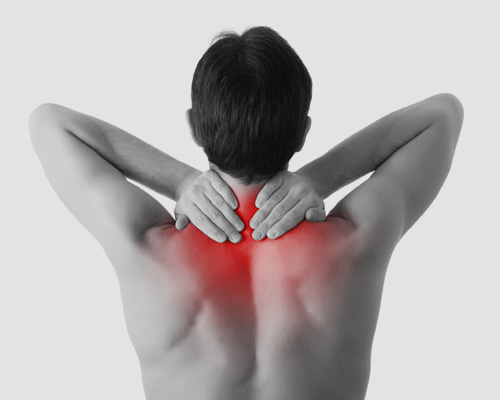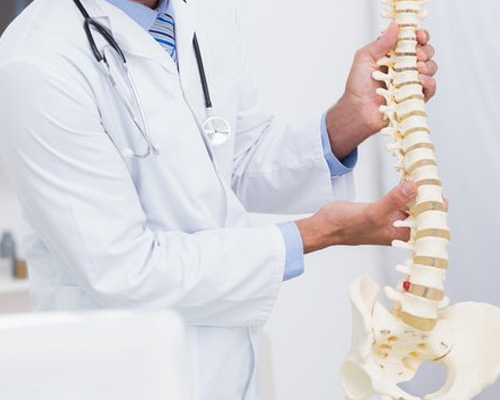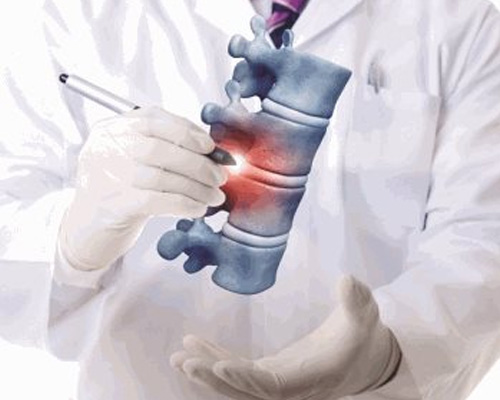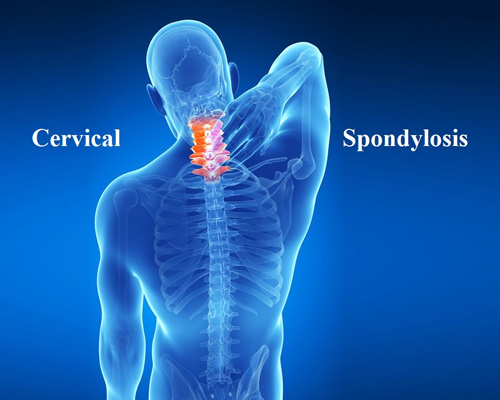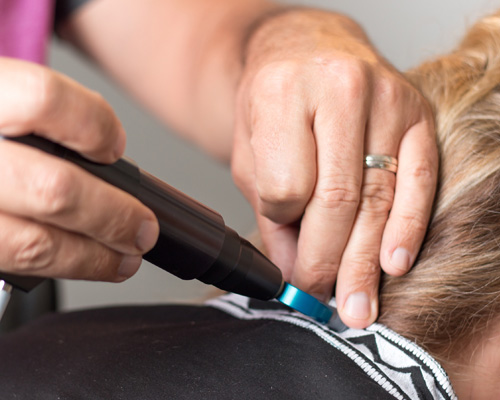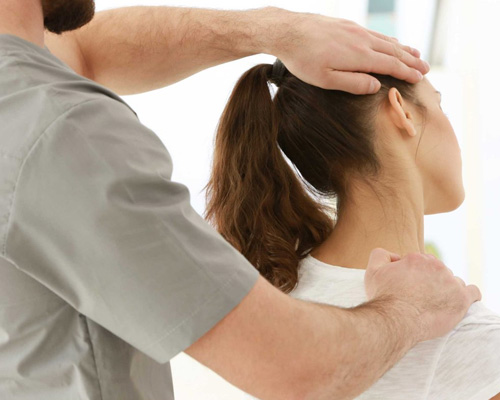Testing And Diagnosing Cervical Spondylosis
Your doctor will start by asking you several questions regarding your symptoms. Then, he or she will run through a set of tests. Typical exams include testing your reflexes, checking for muscle weakness, and testing the range of motion of your neck. Your doctor might also want to watch how you walk. All of this helps your doctor determine if your nerves and spinal cord are under too much pressure.
If your doctor suspects cervical spondylosis, he or she will then order imaging tests and nerve function tests to confirm the diagnosis.
Imaging Tests -
- X-rays can be used to check for bone spurs and other abnormalities.
- A computerized tomography scan (CT scan) can provide more detailed images of your neck.
- Magnetic resonance imaging (MRI), which produces images using radio waves and a magnetic field, helps locate pinched nerves.
- A myelogram uses a dye injection to highlight certain areas of the spine; CT scans or X-rays are then used to provide more detailed images of these areas.
- Nerve Function Tests
- An electromyogram (EMG) is used to check if your nerves are functioning normally when sending signals to your muscles; it measures your nerves’ electrical activity.
- A nerve conduction study is used to check the speed and strength of the signals your nerves send; this is done by placing electrodes on your skin where the nerve is located.
- Treatment Options for Cervical Spondylosis
- Treatments for cervical spondylosis focus on providing pain relief, lowering the risk of permanent damage, and helping you lead a normal life. Non-surgical methods are usually very effective.
Physical Therapy
Your doctor might send you to a physical therapist for treatment. Physical therapy helps you stretch your neck and shoulder muscles and makes them stronger, which helps relieve pain. You might also have neck traction, which involves using weights to increase the space between the cervical joints and relieve the pressure on the cervical discs and nerve roots.
Medications
Your doctor might prescribe certain medications if over-the-counter drugs don’t work. These include:
- muscle relaxants, such as cyclobenzaprine, to treat muscle spasms.
- narcotics, such as hydrocodone, for pain relief.
- anti-seizure drugs, such as gabapentin, to relieve pain caused by nerve damage.
- steroid injections, such as prednisone, for pain relief.
Surgery
If your condition is severe and doesn’t respond to other forms of treatment, you might need surgery. This can involve getting rid of bone spurs, parts of your neck bones, or herniated disks to give your spinal cord and nerves more room. Surgery is rarely necessary for cervical spondylosis.
